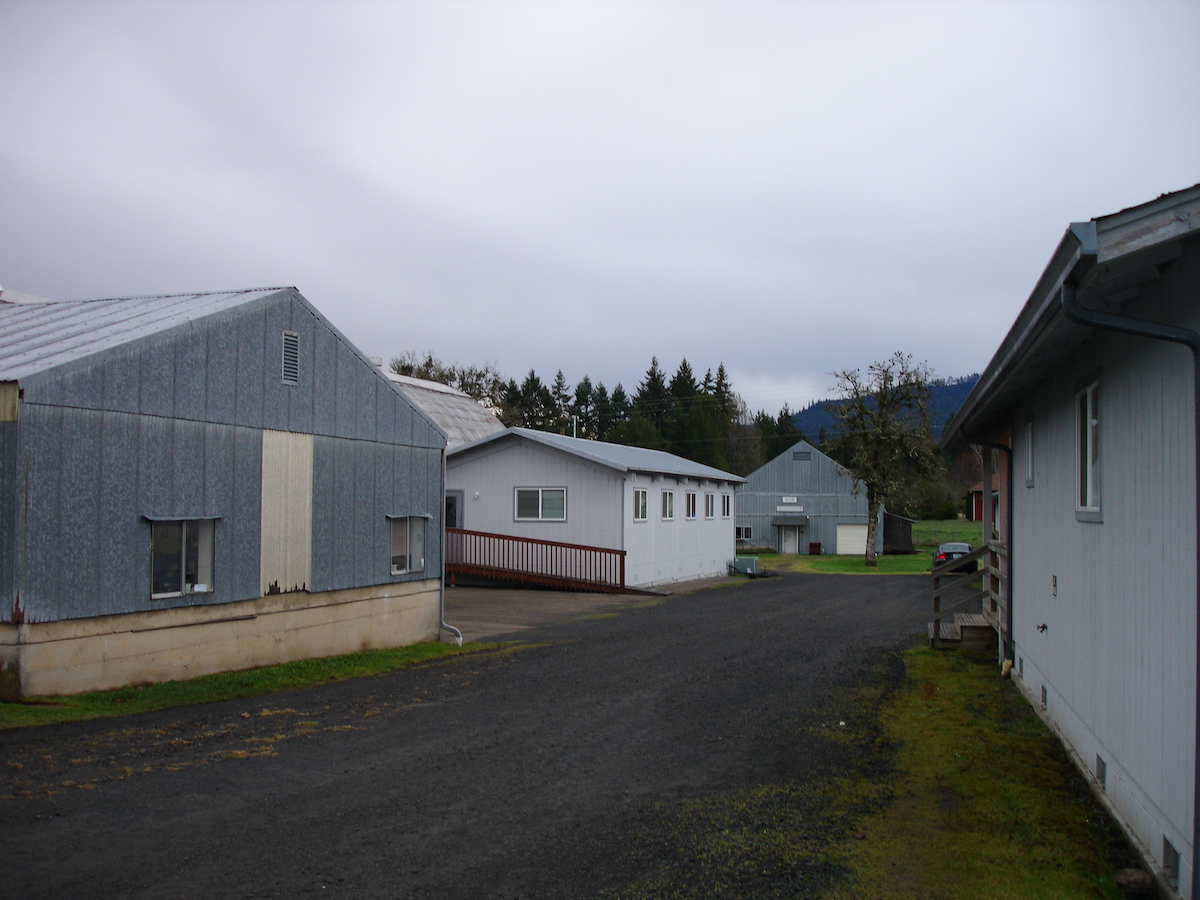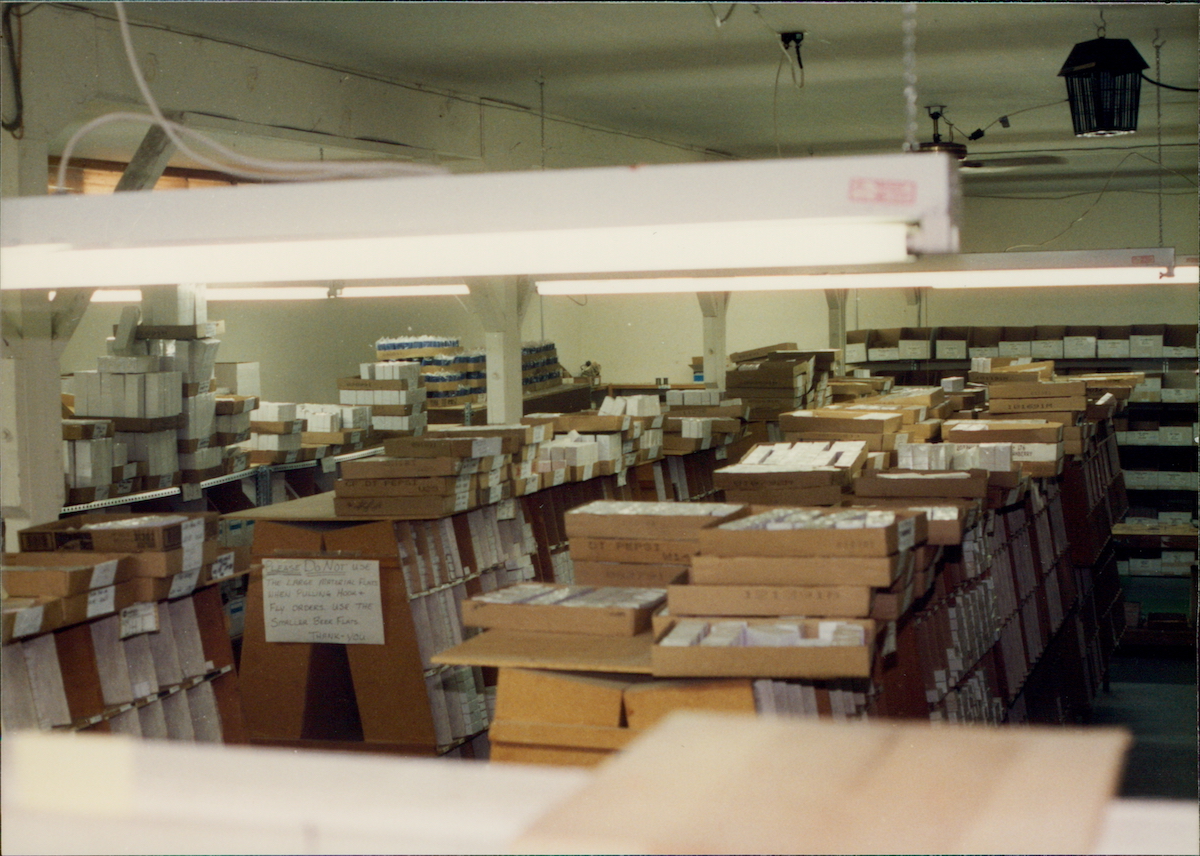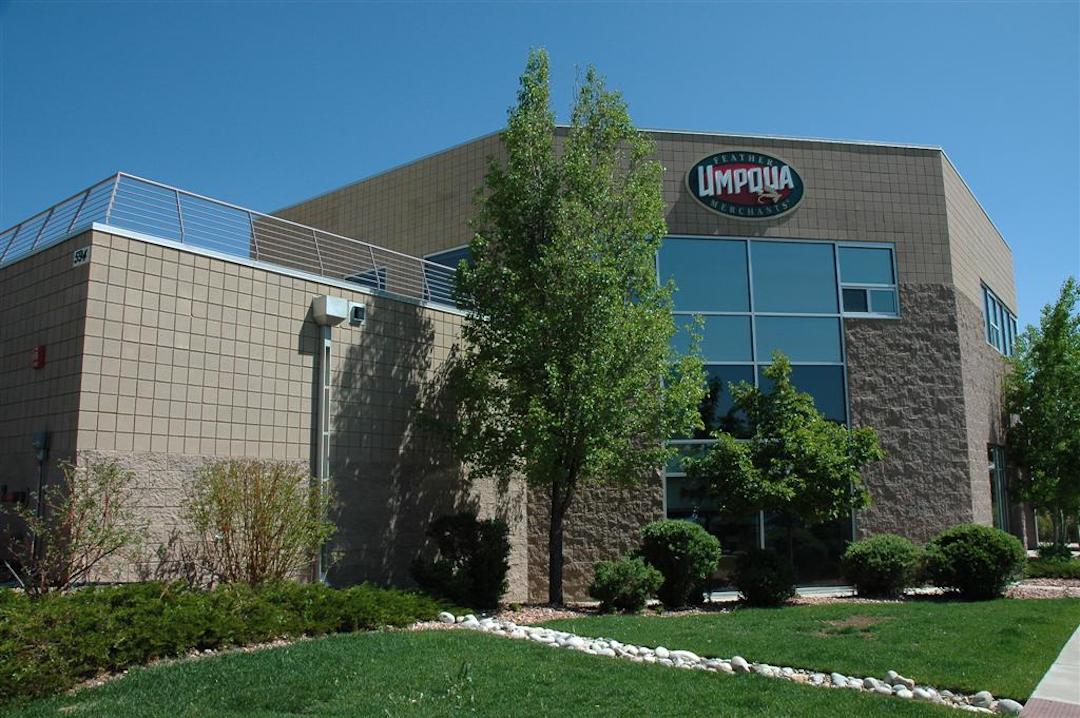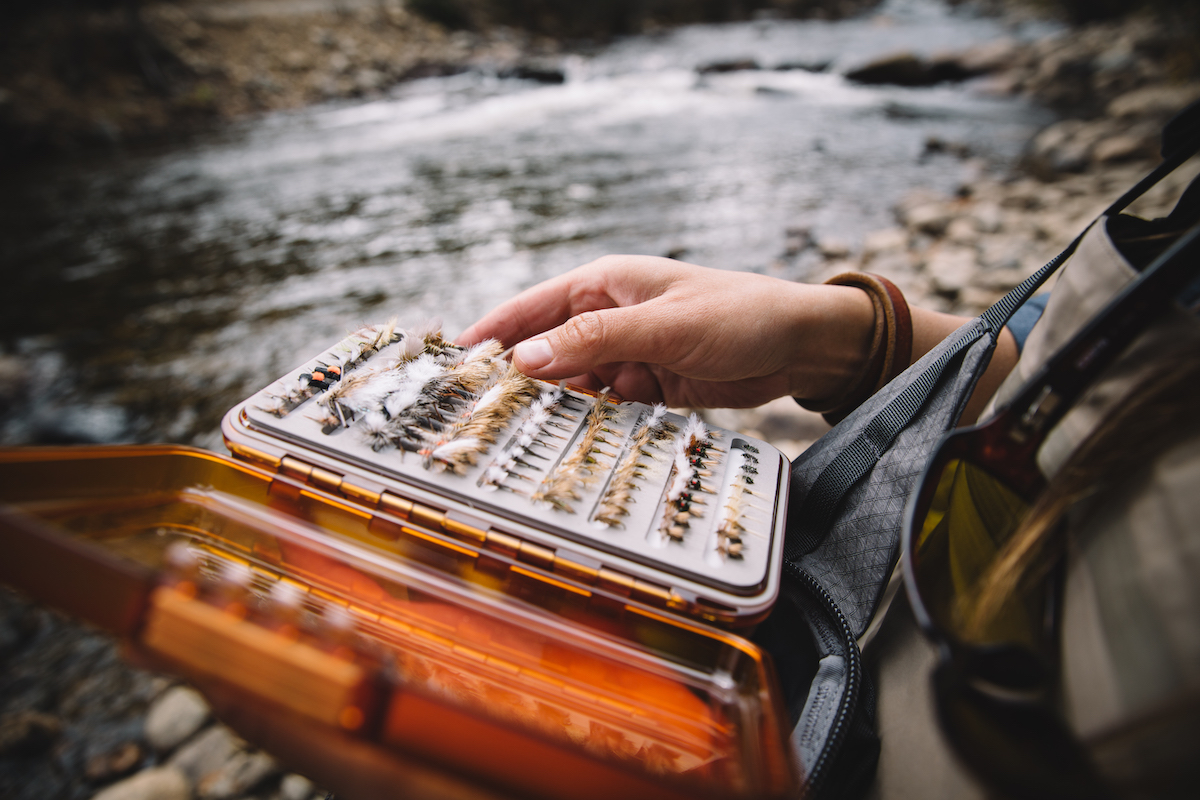
50 Years: New Horizons - The 00's
Umpqua has built an empire in our industry, and it started with an A Frame Cabin on the banks of the North Umpqua River. Based on all accounts, it should not have happened. It was such an improbable story you could have never come up with most of it. Doing things that no one had ever done before, and yet, it happened.
In the process, Umpqua changed the way the fly fishing industry was able to scale and grow through the production and delivery of fly tackle and the highest quality flies, designed by Royalty Tyers. Umpqua is built on a legacy of innovation and has encouraged innovation at pivotal moments.
This is the Umpqua Story told by some of the people who were witness to the events.
New Horizons - The 00's
As the internet rooted itself into society, and the world was shocked on September 11, 2001, Umpqua was forced to focus on not only survival, but how it could continue to evolve with the changing speed of business. With so many massive introductions to date and Jeff Fryhover taking the helm as the new CEO in January of 2002, it was time to look inward and make sure that the company was set up for the long haul.

Umpqua's Headquarters in Glide, Oregon pre 2006
While Umpqua was functioning in Glide, there were major issues facing the homegrown business. Between Jeff and the purchase of Umpqua by Hans Bosch in 2003, it was time to take the same commitment given to product innovation and direct it at the business.
“For a business to not only survive, but prosper for 30 years, is quite a feat in any industry. And it was clear that if Umpqua were to be able to survive and prosper for another 20 or 30 plus years, a reengineering of our core business functions was essential” commented Hans Bosch looking back to the early 2000’s.
As an example, in Oregon orders were picked manually (with handwritten pack slips) between various structures, an old apartment building, a quonset hut, a trailer, offsite building, and another building on the other side of a pond. Bruce Olson said, it was “sort of these patchwork add-ons to what is essentially a metal barn.” You could easily be in 5 or 6 buildings picking an order and the staff had to have unique knowledge of each inventory location. This was as unsustainable as using snail mail to work though production changes at the fly factories.

One of the many warehouses in Glide
So where to move?
“As we looked at moving the business, UPS completed an analysis to determine what location would make the most sense to best service our customers, the answer was Sidney, NE. To which I replied, “What’s the second best place!?”, and the answer was Denver. It was an easy decision. Not only did it put us within 3-day shipping to over 90% of our customers, but moved us to the spine of the Rockies.” – Jeff Fryhover

Umpqua's current home in Louisville, CO
After the decision was made, it was time to tape up boxes in Glide and prepare the world’s largest shipment of flies to head towards Louisville, CO. The plan was simple, get a shipment of flies for the next 120 days headed to Colorado, and then follow it up with the motherload.
“In 2006 around Thanksgiving, I was designated to be the driver. I was driving I-80 in a snowstorm, a storm like I had never seen before, and counted 18 jack-knifed trucks on that section alone. I was white-knuckled the whole way with this huge fly inventory. I made it, survived, and would know better than to do that again!” Brent Bauer was the solo driver of the first shipment of flies to Colorado.
Now that the first shipment of flies had arrived in Colorado…it was time for the bulk of the inventory.
“We had just gotten word that the motherload of flies had left Glide, OR when reality came crushing home. A tractor trailer with almost 600,000 dozen flies has just hit the highway headed to Colorado. It was non-stop nausea for the next 40+ hours until the inventory arrived safely” - Jeff Fryhover
The move to Colorado was far more than a relocation, it was a reengineering of Umpqua. The company got to start fresh on systems, warehouse management, and the revamping of processes and procedures for the entire business. The first hire at Umpqua 2.0 was Daniel Eisenmenger, who is a supply chain guy and systems developer.
“First I convinced Jeff and Hans to spend what was a lot of money at the time on a warehouse management system and a forecasting system. Then, they shut me in my office for about four months to build our completely custom forecast. I built it out for each of the eight thousand SKU's. As soon as I finished, it was time to start over and update it again. I realized some automation was needed. With our current systems, we reforecast our demand and safety stock every month. In Glide we did the forecast once a year, you can’t even compare the two approaches.” - Daniel Eisenmenger

Director of Supply Chain & Systems Daniel Eisenmenger
With the new staff in place and systems built, everyone was excited, anxious, and nervous about what Umpqua’s future would look like. Geri Norton reflected upon the early days in Colorado - “I’ll never forget it. I moved from Glide to Colorado and started what I thought was my dream job, working with Daniel in purchasing. Things were going poorly in the customer service department and I was furious when Jeff told me “move your computer upstairs…you’re taking over the department…I need you to fix it…quickly” but it was the right decision, and we were all willing to do whatever it took to make Umpqua successful.” It didn’t take long before everyone saw the hard work paying off and how these investments permitted growth. It also allowed for new product categories to emerge alongside the annual parade of innovative fly patterns that the company was built on. Boxes were first.
While not new to the category, Umpqua was new to designing fly boxes from scratch. C&F system boxes were the leaders at the time. With intimate expertise in the fly category and knowing different flies have unique storage needs, it seemed like an easy category to innovate.
“I remember sketching out the design for the fly trap system and while it seems fundamental, it had real advantages for fly storage. It gave the UPG Boxes (Umpqua Professional Guide) loads more capacity without matting hackles or tails and you could really stack power rows. We also wanted to be able to see what was in each box, having a transparent lid that displayed the flies on both sides was mandatory, and they had to be waterproof.” - Brent Bauer looking back at the first of many new category developments.

Umpqua UPG Fly Box
John Barr remembers getting his hands on the UPG line of boxes for the first time. “This is the box I use for 90% of my trout fishing. It has a big magnet on one end for the Tungsten Beaded Coppers, and slots for my hoppers in the middle, and plenty room for my Vis-a-Duns, Emergers and other Copper Johns. It was the first magnet that I have used that actually holds my tungsten flies. I love that box!”
With the disruption of the move in the rearview mirror, the Great Recession of 2008 hit the United States. Fortunately, due to the reengineering of the company, Umpqua was in a position to “double down” on fly inventory while much of the world was retracting due to fears of the recession. In this decade, Umpqua had redefined what a legacy brand could accomplish in a compressed timeline using the same tactics that put Umpqua on the map years ago.
